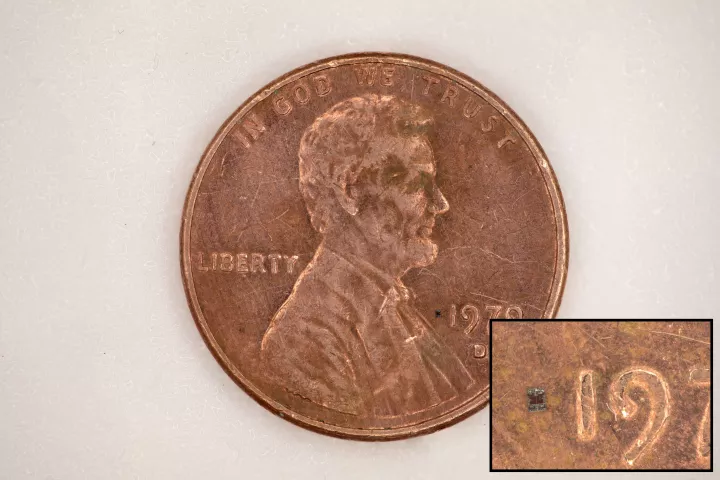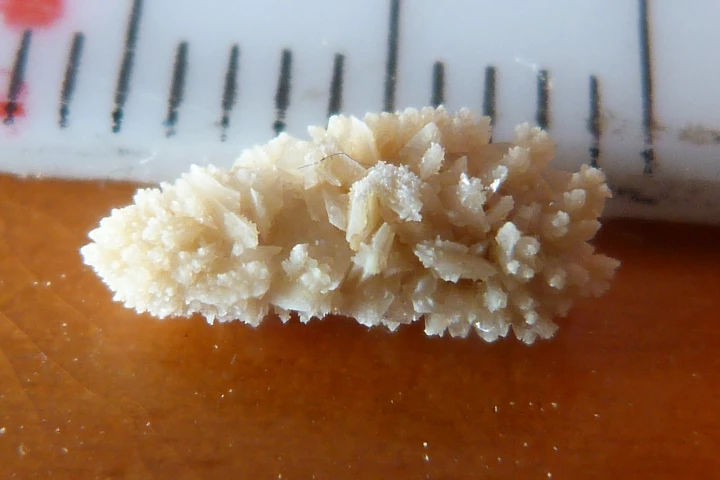Microbots
-
These microscopic robots are smaller than a grain of sand. At 200 micrometers wide, they're autonomous, programmable, and cheap enough that high school students are already learning to operate them in labs.
-
Recurring kidney stones can be an agonizing, debilitating problem, particularly if they can't be treated by orally-administered medication. There may be new hope on the horizon, in the form of a tiny magnetically-steerable stone-dissolving "robot."
-
Many persistent sinus infections involve biofilms – colonies of bacteria that group together to resist efforts to kill them. Now, researchers have developed biofilm-blasting bots that could handily deal with these, and other, bacterial infections.
-
If you're releasing a robot into the aquatic environment with no intention of retrieving it, that bot had better be biodegradable. Swiss scientists have gone a step better, with a li'l robot that can be consumed by fish when its job is done.
-
Researchers have developed a bubble microrobot capable of being guided around the tiny complex blood vessels of the brain using ultrasound. The ‘microvehicle’ holds potential as a means of delivering drugs to treat brain cancer and stroke.
-
Implants and tiny machines could eventually help treat disease or monitor activity, but communication is tricky. Now scientists at EPFL have developed a system whereby devices can communicate by releasing molecules into a patient’s bloodstream.
-
Researchers have taken another step forward in medical micro-robotics, designing a tiny sound-propelled bot with a unique design that mimics natural swimmers like bacteria. It can quickly move around the body to deliver drugs where they're needed.
-
Scientists have recently had success in curing mice of a serious type of pneumonia, using what are described as "microrobots." The bots were actually live algae cells, which carried life-saving medication throughout the rodents' lungs.
-
Like many menial tasks, there may soon be a way to outsource brushing your teeth to robots. A new system of microrobots can change shape to form bristles or floss, and don’t just brush plaque away but release antimicrobials to kill bad bacteria.
-
Complex bone fractures can be hard to treat, sometimes requiring the injured bone to be replaced with bone harvested from elsewhere in the body. Thanks to a new material, though, bone-building micro-robots may someday provide an alternative.
-
Researchers have developed microbots made of stem cells that can be delivered through the nose into the brain. These “Cellbots,” which bypass the blood-brain barrier, could one day be used to treat brain cancers and neurodegenerative diseases.
-
Tiny 3D-printed robotic animals could one day delivering drugs directly to cancers, to help reduce side effects. These microrobots are steered by magnets, and only release their drug payload when they encounter the acidic environment around a tumor.
Load More











